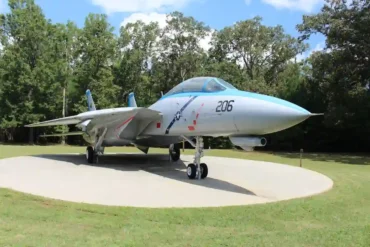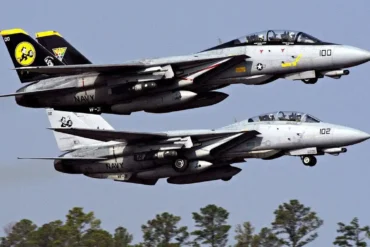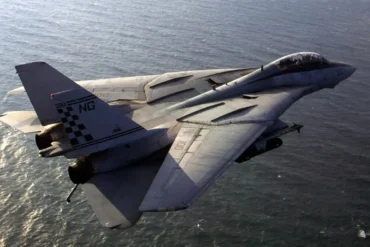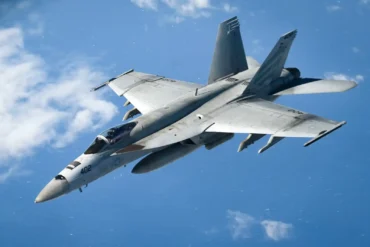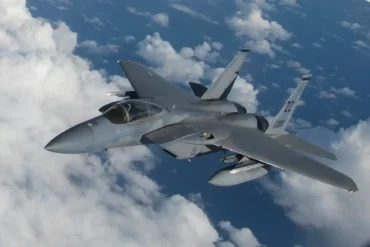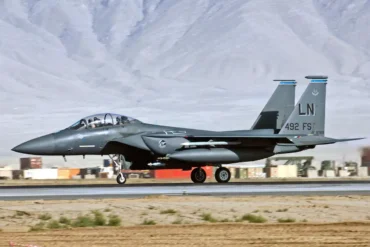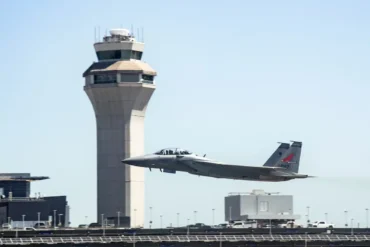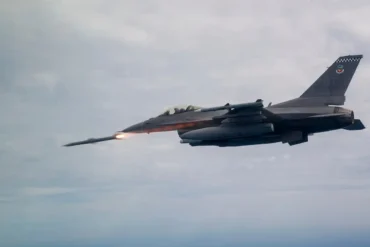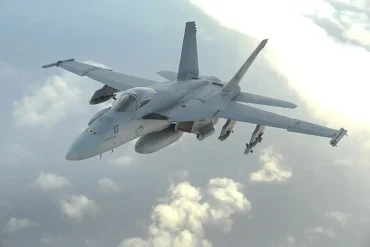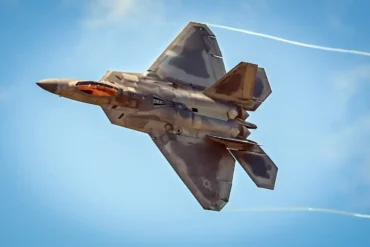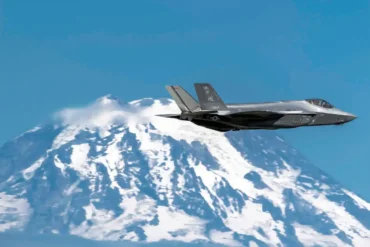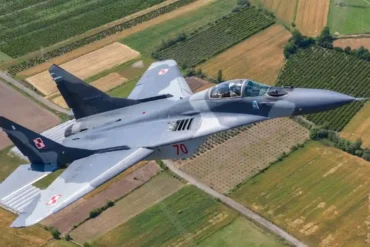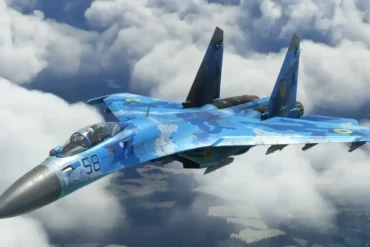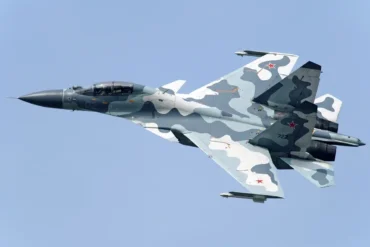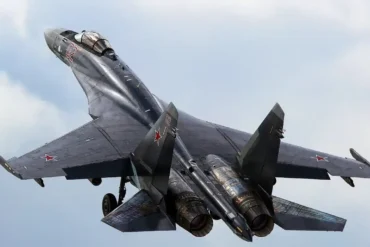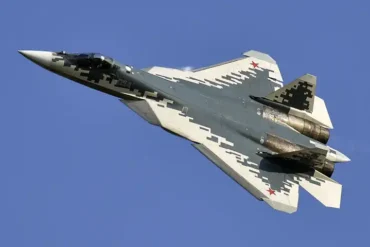The F-14D Tomcat is a legendary fighter jet, often celebrated for its speed, agility, and advanced technology. The aircraft, which was designed to meet the needs of the U.S. Navy, boasts impressive performance specifications, and its top speed is one of the most notable aspects of its design. This article provides an in-depth look at the F-14D Tomcat’s top speed in various units, including Mach, kilometers per hour (km/h), and miles per hour (mph). We will explore the aircraft’s speed in the context of its capabilities, operational use, and the performance characteristics that make it one of the most revered fighter jets in history.
F-14D Tomcat Top Speed: Mach, km/h, and mph
The F-14D Tomcat has a top speed of Mach 2.34, which is equivalent to:
- 1,544 mph (miles per hour)
- 2,485 km/h (kilometers per hour)
This impressive speed allows the F-14D to cover vast distances quickly, whether in air combat or during reconnaissance missions. The aircraft can achieve this high speed at altitude, taking advantage of thinner air for better aerodynamic performance.
Design and Development of the F-14D Tomcat
The F-14D Tomcat was designed primarily as a carrier-based interceptor for the U.S. Navy, capable of engaging enemy aircraft at long ranges and delivering powerful offensive capabilities. Developed by Grumman, the F-14D represented the pinnacle of the Tomcat family, featuring numerous upgrades in avionics, engines, and weaponry.
Key Features and Dimensions
- Crew: 2 (pilot and radar intercept officer)
- Length: 62 ft 9 in (19.13 m)
- Wingspan: 64 ft 1.5 in (19.545 m)
- Height: 16 ft (4.9 m)
- Wing Area: 565 sq ft (52.5 m²) wings only, 1,008 sq ft (94 m²) effective area including fuselage
- Empty Weight: 43,735 lb (19,838 kg)
- Gross Weight: 61,000 lb (27,669 kg)
- Max Takeoff Weight: 74,350 lb (33,725 kg)
The F-14D’s variable-sweep wings and powerful engines enabled it to excel in high-speed intercepts and dogfights.
Powerplant and Performance Capabilities
The F-14D is powered by two General Electric F110-GE-400 afterburning turbofan engines, each capable of generating:
- 16,333 lbf (72.65 kN) thrust in dry mode
- 26,950 lbf (119.9 kN) thrust with afterburners engaged
These engines provide the necessary power for the F-14D to achieve its top speed of Mach 2.34, with afterburners playing a crucial role in maximizing speed during combat missions. The thrust-to-weight ratio of the aircraft at gross weight is approximately 0.88, which increases to 1.02 when the aircraft is loaded with fuel and weapons.
High-Speed Performance at Altitude
At its maximum speed of Mach 2.34, the F-14D reaches an astonishing 1,544 mph (2,485 km/h) at higher altitudes, where air density is lower, allowing the aircraft to achieve optimal performance. This is particularly beneficial for high-altitude intercept missions where quick response times are critical for engaging hostile aircraft.
Performance at Sea Level
At lower altitudes, particularly near sea level, the F-14D maintains impressive speed capabilities. The aircraft can achieve speeds of up to Mach 1.2, or 914 mph (1,470 km/h), offering solid performance for missions requiring speed near the surface. This speed, while not as high as its maximum at altitude, is still formidable for a carrier-based fighter jet, enabling quick interception of enemy aircraft at lower altitudes.
Cruise Speed and Operational Efficiency
While the F-14D’s top speed is a point of pride, its cruise speed of 420 knots (480 mph or 780 km/h) is also notable. This cruise speed strikes a balance between fuel efficiency and operational range, allowing the aircraft to maintain sustained flight over long distances without depleting its fuel reserves too quickly. The F-14D’s ability to operate at cruising speeds for extended periods makes it ideal for long-range reconnaissance and fighter escort missions.
Mission Range and Endurance
The F-14D’s range is another key aspect of its performance, making it a formidable asset in the Navy’s arsenal. It has a combat range of approximately 503 nautical miles (579 miles or 932 km) when performing fighter escort missions. For deck-launched intercepts, the range is slightly shorter at 204 nautical miles (235 miles or 378 km). The aircraft is capable of sustaining loiter times of up to 1.91 hours, giving it the flexibility to patrol large swathes of airspace for extended periods.
Maximum Ceiling and Climb Rate
The F-14D’s service ceiling extends well beyond 53,000 feet (16,000 meters), allowing it to operate in the upper echelons of the atmosphere, well above most commercial and adversary aircraft. This high ceiling gives the aircraft a strategic advantage in intercepting targets at great distances and at high altitudes.
The aircraft’s climb rate is equally impressive, with the ability to ascend at speeds of up to 45,000 feet per minute (230 m/s). This enables the F-14D to rapidly gain altitude in combat scenarios, allowing the pilot to engage threats quickly.
Aerodynamics: Wing Design and Sweep Mechanism
One of the most distinctive features of the F-14D is its variable-sweep wing design. The aircraft’s wings can be swept backward to reduce drag at high speeds, increasing efficiency and allowing for greater maneuverability. The ability to adjust the wing sweep allows the F-14D to optimize its performance for different flight conditions, ensuring the best aerodynamic efficiency across various mission profiles.
- Full wingspan (unswept): 64 ft 1.5 in (19.545 m)
- Swept wingspan: 38 ft 2.5 in (11.646 m)
This wing design provides significant versatility for the F-14D, making it highly capable in both high-speed combat and low-speed maneuvering during dogfights.
F-14D Tomcat: Role in Naval Warfare
The F-14D Tomcat’s high speed and agility played a crucial role in the U.S. Navy’s ability to maintain air superiority during its service. The aircraft was tasked with a variety of missions, including air superiority, interception, and fleet defense. Its ability to rapidly reach its top speed made it highly effective in engaging enemy aircraft and defending U.S. carrier strike groups from long-range threats.
Carrier-Based Operations
As a carrier-based fighter, the F-14D was designed to take off from and land on aircraft carriers, which means it had to be able to operate in environments with limited space. Despite its large size and powerful engines, the F-14D was equipped with advanced landing gear and tailhook systems that allowed it to perform precise and controlled landings on the deck of an aircraft carrier. Its takeoff roll is approximately 2,500 feet (760 m), while its landing roll is around 2,400 feet (730 m), making it highly capable for carrier operations.
The Legacy of the F-14D Tomcat
The F-14D Tomcat was a true marvel of engineering, combining cutting-edge speed, agility, and versatility. Although it was officially retired from active service in 2006, its legacy continues to live on through its role in shaping modern fighter jets. Its top speed of Mach 2.34 remains an iconic figure in the world of aviation, representing the heights of what was achievable in military jet design during its era.
In conclusion, the F-14D Tomcat’s top speed of Mach 2.34 (1,544 mph, 2,485 km/h) at altitude is a testament to the aircraft’s remarkable performance and its ability to excel in high-speed combat scenarios. Its versatility, range, and technological advancements ensured its place as one of the most iconic fighter jets in aviation history. The F-14D continues to inspire aerospace engineers, aviation enthusiasts, and military experts worldwide, solidifying its legacy as a true symbol of aerial superiority.

